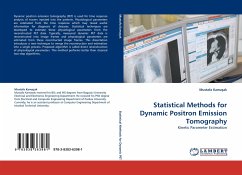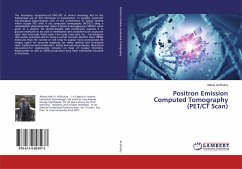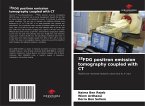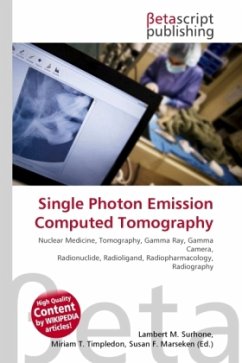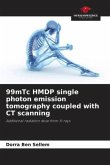Dynamic positron emission tomography (PET) is used for time response analysis of tracers injected into the patients. Physiological parameters are estimated from the time response which may reveal useful information for diagnosis of diseases. Statistical techniques are developed to estimate these physiological parameters from the reconstructed PET data. Typically, measured dynamic PET data is reconstructed into image frames and physiological parameters are estimated from these recontructed image frames. This dissertation introduces a new technique to merge the recontruction and estimation into a single process. Proposed algorithm is called direct reconstruction of physiological parameters. This method performs better than classical two-step algorithms.

